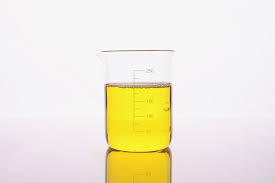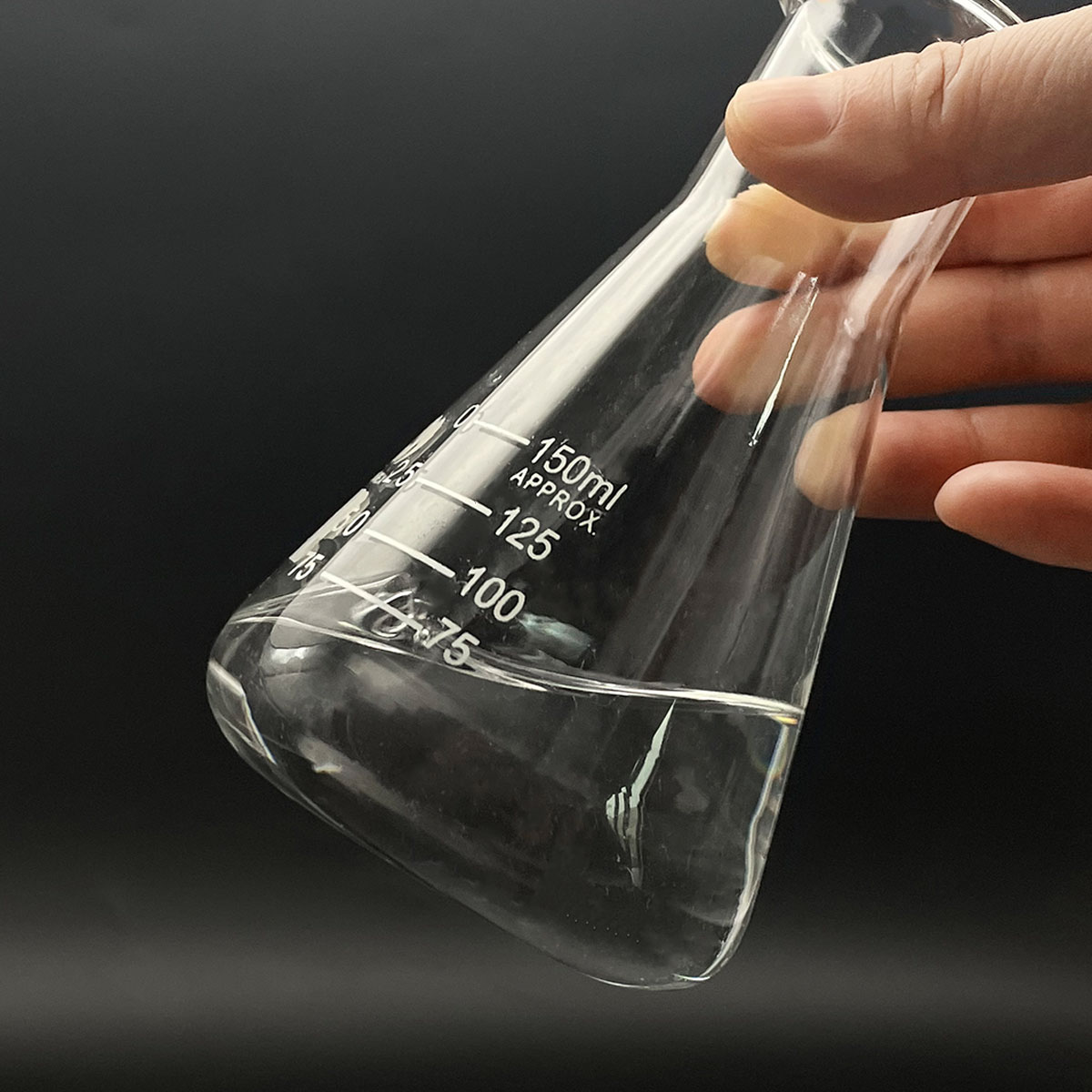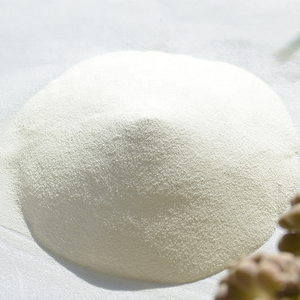Overview of Silicone Surfactant for Polyurethane Foam/Mattress/Seat
Polymer surfactants, also known as polymeric surfactants or amphiphilic polymers, are high-molecular-weight compounds that combine the properties of traditional low-molecular-weight surfactants with the unique features of polymers. Unlike small molecule surfactants, polymer surfactants offer enhanced stability, improved solubility, and the ability to form more complex structures such as micelles, hydrogels, and vesicles. These macromolecules find applications across a wide range of industries due to their tailored structures and tunable properties, which allow for precise control over interfacial behavior and solution rheology.
Features of Silicone Surfactant for Polyurethane Foam/Mattress/Seat
-
Molecular Weight and Structure: With a much higher molecular weight, polymer surfactants offer enhanced stability in harsh conditions and over prolonged periods compared to small molecule surfactants.
-
Tunability: The structure of polymer surfactants can be precisely engineered to include different functional groups, monomer sequences, and architectures, allowing for specific interactions and properties.
-
Multifunctionality: Apart from surface activity, they can also provide additional functionalities like thickening, rheology modification, and controlled release capabilities.
-
Self-Assembly: Capable of forming sophisticated self-assembled structures like micelles, hydrogels, and vesicles, which can encapsulate or release active ingredients in a controlled manner.
-
Environmental Compatibility: Many polymer surfactants are designed to be biodegradable and less toxic, making them suitable for eco-friendly applications.
-
Temperature and pH Responsiveness: Some polymer surfactants exhibit responsive behavior to changes in temperature or pH, enabling stimuli-responsive systems.

(Silicone Surfactant for Polyurethane Foam/Mattress/Seat)
Specification of Silicone Surfactant for Polyurethane Foam/Mattress/Seat
Silicone surfactant for polyurethane foam, bed mattress, and seat applications is an essential additive created to enhance foam high quality and efficiency. This product supports foam structure, manages cell size, and makes certain also distribution of cells throughout production. It operates in stiff and versatile foam systems, giving constant outcomes throughout various formulas.
The surfactant appears as a clear to slightly cloudy fluid. Its thickness ranges from 500 to 2000 mPa · s at 25 ° C. Thickness generally falls in between 1.0 and 1.1 g/cm TWO. The pH level remains neutral, around 6.0 to 7.5, making certain compatibility with a lot of polyurethane parts. It mixes well with polyols, isocyanates, and blowing representatives without separating.
Energetic silicone content ranges 50% and 80%, relying on the quality. Higher concentrations fit high-density foams, while reduced ones work for adaptable, low-density applications. The product stands up to hydrolysis, maintaining security under dampness exposure. It runs successfully within a temperature level series of 10 ° C to 40 ° C throughout foam handling.
This surfactant minimizes surface area stress, allowing bubbles to form consistently. It protects against collapse or shrinking as foam treatments. The outcome is a constant, open-cell framework in mattresses and seats, improving comfort and resilience. It additionally lessens voids or problems in inflexible insulation foams.
Dosage suggestions begin at 0.5% to 2.5% of the total foam solution. Exact quantities depend upon foam kind, system chemistry, and preferred cell structure. Users ought to premix the surfactant with polyols prior to including isocyanates. Checking tiny batches first ensures ideal results.
The product adheres to international safety and security standards, consisting of REACH and RoHS. It consists of no volatile organic compounds (VOCs) or hazardous air contaminants (HAPs). Correct storage entails keeping containers secured in a dry, great place listed below 30 ° C. Service life goes beyond one year when kept properly.
Safety gear like gloves and goggles should be put on during handling. Spills have to be cleansed instantly using absorptive products. Disposal complies with neighborhood laws for chemical waste.

(Silicone Surfactant for Polyurethane Foam/Mattress/Seat)
Applications of Silicone Surfactant for Polyurethane Foam/Mattress/Seat
Silicone surfactants play a key duty in creating polyurethane foam for bed mattress, seats, and similar items. These ingredients aid manage the foam’s framework during manufacturing. They stabilize air bubbles as the foam increases, guaranteeing cells form uniformly. This avoids concerns like falling down or irregular appearance. The result is a constant, top quality foam appropriate for different usages.
In cushions, silicone surfactants boost convenience and toughness. They produce open-cell frameworks that enable airflow, keeping the mattress cool. The foam remains soft yet supportive, adjusting to body shape without drooping in time. This balance is crucial for lasting use. Producers depend on these surfactants to satisfy consumer demands for convenience and dependability.
For seats, specifically in autos or furniture, silicone surfactants improve adaptability and toughness. The foam has to stand up to repetitive stress while retaining shape. Surfactants readjust cell size and distribution, making the product durable. This guarantees seats remain comfortable also after years of usage. Automotive sectors focus on these homes for safety and individual contentment.
Past bed mattress and seats, silicone surfactants help in specialized foam applications. Insulation panels in buildings make use of polyurethane foam for thermal efficiency. Surfactants aid create lightweight, stiff frameworks with exceptional insulating residential properties. Industrial extra padding or product packaging products also gain from controlled foam density.
Silicone surfactants streamline production procedures. They make certain components blend correctly, minimizing defects. This conserves time and sources for producers. Adjusting surfactant formulas allows personalization for different foam types. Solidity, flexibility, or fire resistance can be customized based on requirements.
Safety and security issues in foam items. Silicone surfactants are safe and secure under heats. They fulfill industry requirements for family and business products. Their reliability makes them a preferred choice in polyurethane foam production.
Company Profile
SurfactantChina is a trusted global chemical material supplier & manufacturer with over 12-year-experience in providing super high-quality surfactant and relative products.
The company has a professional technical department and Quality Supervision Department, a well-equipped laboratory, and equipped with advanced testing equipment and after-sales customer service center.
If you are looking for high-quality surfactant and relative products, please feel free to contact us or click on the needed products to send an inquiry.
Payment Methods
L/C, T/T, Western Union, Paypal, Credit Card etc.
Shipment
It could be shipped by sea, by air, or by reveal ASAP as soon as repayment receipt.
5 FAQs of Silicone Surfactant for Polyurethane Foam/Mattress/Seat
Silicone surfactants help make polyurethane foam better. Here are common questions about them. What are silicone surfactants? These are special additives used when making polyurethane foam. They control how air bubbles form in the liquid mix. This makes the foam cells even and stable. Without them, the foam might collapse or have uneven texture.
Why are silicone surfactants important for foam quality? They manage the size and shape of foam cells. This affects softness, strength, and durability. They also stop bubbles from merging too early. Foam stays light and consistent. Mattresses or seats made this way last longer and feel better.
What types of silicone surfactants exist? Different surfactants work for different foams. Flexible foam for mattresses uses one type. Rigid foam for insulation uses another. Some surfactants focus on fine cells. Others help foam rise higher. Suppliers provide options based on needs like density or curing speed.
Are silicone surfactants safe? Yes. They meet safety standards for materials in furniture and bedding. Once foam cures, the surfactants stay trapped inside. They don’t leak or release harmful chemicals. Tests confirm they are safe for skin contact and everyday use.
How do I pick the right silicone surfactant? Start by knowing your foam type and production process. Talk to suppliers about goals like softness or airflow. Test small batches first. Adjust the surfactant amount if foam shrinks or feels rough. Suppliers give technical help to find the best match.

(Silicone Surfactant for Polyurethane Foam/Mattress/Seat)






